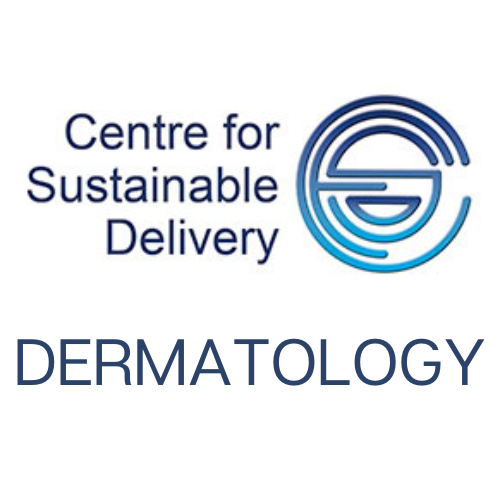Benign:
Referral is not usually required for obviously benign lesions, Features which are generally reassuring and suggest a benign lesion include:
- Regularity of colour, surface, and border.
- Rapid growth over days rather than weeks – common with trauma or inflammation.
- 'Stuck on' appearance with keratotic plugs on the surface (suggests a seborrhoeic keratosis).
- A pigmented lesion in a child (melanoma is very rare in this age group).
Risk evaluation:
Risk evaluation indicating at risk people includes the following:
- A personal history of skin cancer.
- A family history of skin cancer.
- Pale skin (Fitzpatrick Skin Type I and II) that burns easily.
- Red, blonde or light-coloured hair.
- Blue or green eyes.
- History of sunburn, particularly blistering sunburn in childhood.
- A large number of moles.
- Unusually high sun exposure (living or spending frequent periods in hot countries).
- Use of tanning beds or sun beds, particularly if 10 or more sessions.
- Increasing age.
- Immunosuppression
- Pigmented lesions which 'stand out from the crowd' because they are different (the 'Ugly Duckling sign') are a cause for concern, especially if they are changing.
The Weighted 7-point checklist may be used to assess pigmented skin lesions, and determine referral:
o Major features of the lesion (2 points each): change in size, irregular shape or border, irregular colour.
o Minor features of the lesion (1 point each): largest diameter 7 mm or more, inflammation, oozing or crusting of the lesion, change in sensation (including itch).
o Suspicion is greater for lesions scoring 3 points or more. However, if there are strong concerns about cancer, any one feature is adequate to prompt urgent referral under Urgent Suspicion Of Cancer (USOC) arrangements.
The ABCD(E) system can also be used for pigmented lesion assessment (http://www.pcds.org.uk/clinical-guidance/melanoma-an-overview1)
Refer using a Routine priority (as long as there is no index lesion of concern, where USOC needed) for risk estimation if people are at higher risk of melanoma, such as those with:
- Giant congenital pigmented naevi (risk is highest for those measuring 20 cm in diameter or more).
- A family history of 3 or more cases of melanoma and/or family history of pancreatic cancer— Those with two cases in the family may also benefit, especially if one of the cases had multiple primary melanomas or the atypical mole phenotype.
- More than 100 normal moles.
Atypical moles, see: https://www.pcds.org.uk/clinical-guidance/atypical-dysplastic-melanocytic-naevus (particularly if multiple).
Possible malignant:
Urgently refer (using USOC, or similar, urgent pathway) to a dermatologist, plastic surgeon, or other suitable specialist with experience of melanoma diagnosis if:
- The lesion is suggestive of malignant melanoma (including nodular and amelanotic melanoma). For example:
- Lesions scoring 3 points or more (based on major features scoring 2 points each and minor features scoring 1 point each) on the 7-point checklist. However, any one feature is adequate to prompt urgent referral.
- New nodules which are pigmented or vascular in appearance.
- Nail changes, such as a new pigmented line in the nail or pigmentation under the nail that differs from other nails.
- A skin condition is persistent or slowly evolving and unresponsive, with an uncertain diagnosis, and melanoma is a possibility.
- A biopsy has confirmed the diagnosis of malignant melanoma. Note: normally such patients would be referred prior to excision.
A copy of the pathology report should be sent with the referral correspondence, as there may be details (such as tumour thickness, excision margin) that will specifically influence further management.
Scottish Referral Guidelines for suspected cancer are available at the following link - https://www.cancerreferral.scot.nhs.uk/Home
